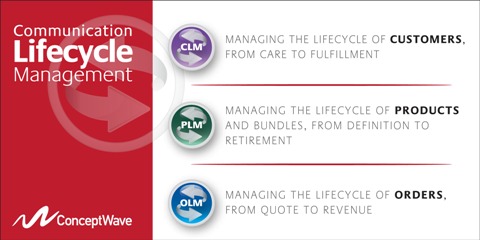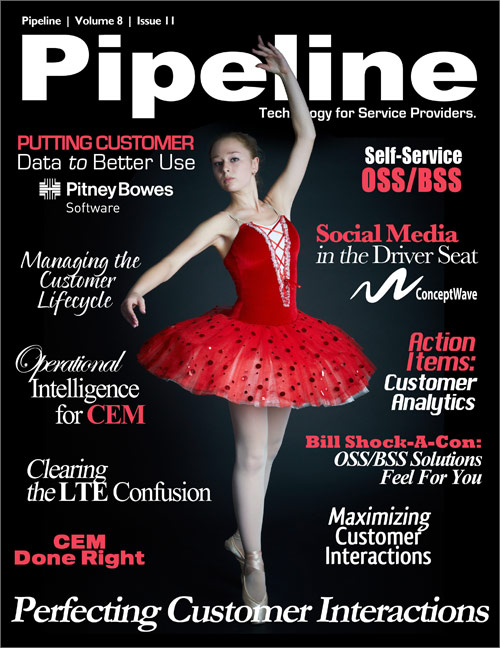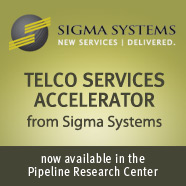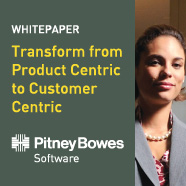By: Faisal Ishaq

What can CSP's learn from other industries? It seems a strange question to ask, especially knowing the uniqueness of the industry. However, in taking a step back and looking at specific movements within the CSP industry over the last five years, we can begin to draw parallels across other industries and begin looking at these industries and use these trends to shape the CSPs future direction.
Adopting a Centralized Catalog to Drive Transformation
Transformation has been the most significant buzzword of the past five years within the CSP world, a buzzword that has many facets and drivers, but a buzzword that carries significant meaning and weight in our day-to-day lives. One facet in particular has stood out the most, and that's the adoption of a centralized product catalog to drive the transformation, regardless of the meaning the CSP attaches to it. Product catalog is relatively new, though adoption is increasing and CSP's are restructuring themselves to take advantages of the benefits it brings to their world, but we're a long way from it being ubiquitous.
Embracing Social Networks, What Do Your Customers Want?
Manufacturing industries have been using product catalogs for years. Catalogs and Product Lifecycle Management (PLM) processes have been used in manufacturing industries, almost since the inception of the product line. The ability to understand exactly what the customer wants, when they want it, and when to retire products, are strategies which CSP's are only beginning to embrace. So what can we learn? We can look to manufacturing industries to see what new techniques are being adopted to support continued growth, as well as to see what new techniques are being adopted to ensure they retain market and thought leadership. And the most overwhelming pattern emerging is manufacturing's adoption of social media. If we look at the continued advancement of the retail and manufacturing industries and see how these sectors are utilizing social-networking sites, we can begin to understand the evolutionary thinking that CSPs can look to embrace sooner, rather than later.


Follow the Leader
Take for example all of the leading global car manufacturers such as Ford, Toyota, Porsche, BMW, VAG and others, who have dedicated Facebook presences, where new information, photos, videos, polls and news can be posted. Every advert now contains the tag, "Follow us on Facebook". With over half a million "followers," Ford has now tapped into a cost effective source to understand their customer base and take on-board both positive and negative inputs from a previously unheard, or more likely, un-listened to, user base. Previously, Ford relied on feedback through the independent dealership network, and with various levels of bureaucracy inherent with local dealers reporting into regional managers, state managers, and territorial managers, end-user input got diluted or mixed in with general corporate "noise". Ford HQ has now setup a dedicated social-media department with full-time staff who are not only tasked with updating their dedicated on-line presence, but also acknowledging customer feedback and providing expert input and guidance where possible.
So What Can We Learn From This?
Imagine a product manager within a CSP organization, using a centralized product catalog to plan, define, design a traditional leaflet, or internet home-page based campaign and launch it. A customer signs up for this new offer and has such a positive experience, they share the fact with their peers through a tweet, or a Facebook status update. Great, that gives the CSP some exposure, limited to a few words that can be shared with a few people.









